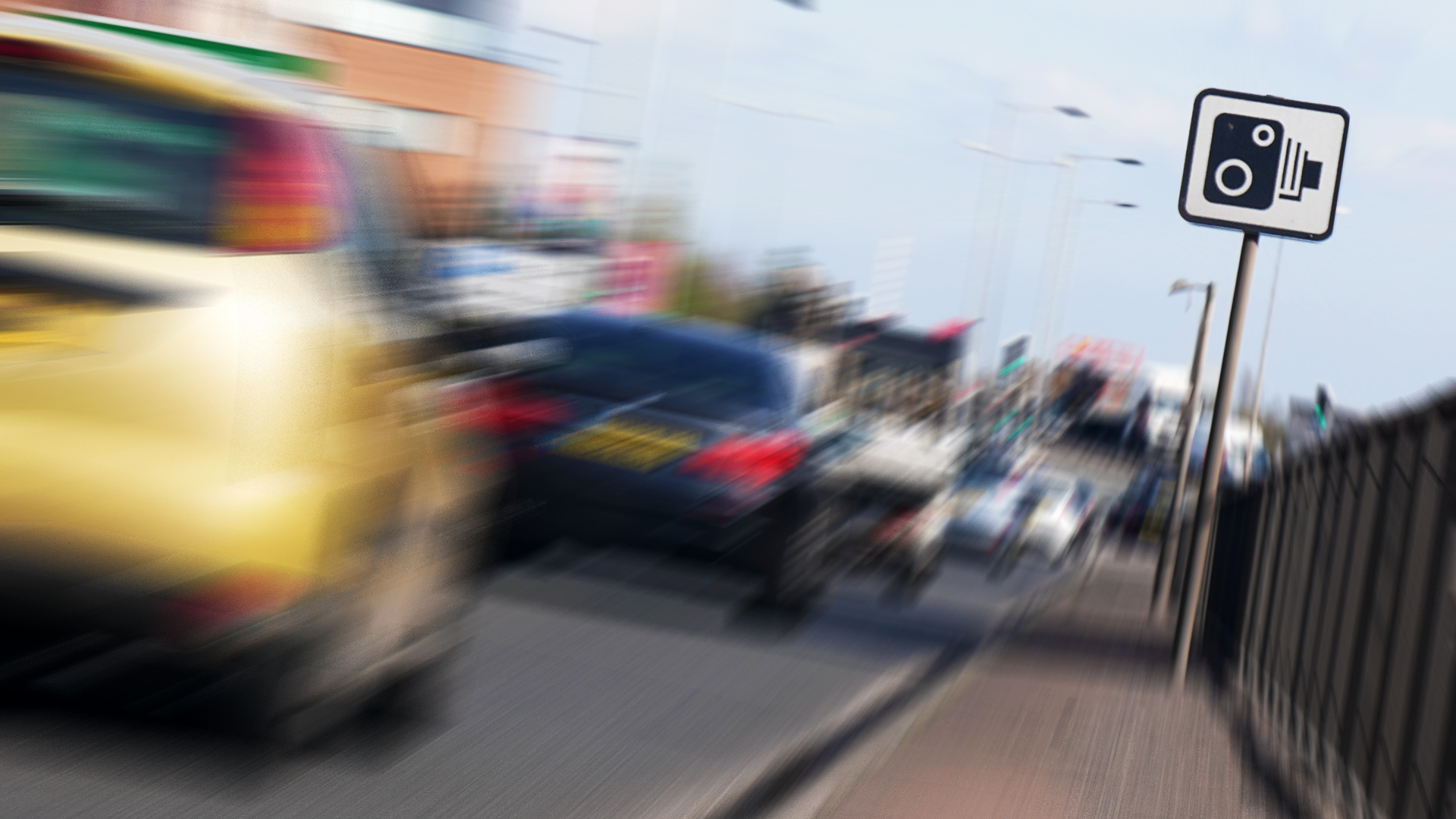
Speed limits exist for a reason, and you should adhere to them to the best of your ability. However, we have all edged a few miles per hour over the limit at times – occasionally followed by a heart-stopping moment when you spot a roadside camera.
All speed cameras have a margin of error that allows for small excesses of speed. This threshold varies depending on the limit itself, so what are the facts?
Speed camera tolerances
Auto Express magazine did some digging on this issue, procuring figures from many of the UK’s police forces via Freedom Of Information (FOI) requests.
Nearly all the police forces that responded quoted a threshold of ’10 percent plus 2mph’. That applies for both the ‘Gatso’ and ‘Truvelo’ style cameras, along with average speed check zones using multiple cameras at regular intervals.
Doing the maths, that means ‘accepted’ speeds could be as high as:
- 79mph in a 70mph limit
- 68mph in a 60mph limit
- 57mph in a 50mph limit
- 46mph in a 40mph limit
- 35mph in a 30mph limit
Note the quote marks around ‘accepted’, though. This threshold is optional for police forces and certainly shouldn’t be treated as a speed to aim for.
Interestingly, two forces who responded reported a ’10 percent plus 3mph’ threshold: Lancashire and the London Metropolitan Police. So you could add another mile per hour to each of the numbers above.
According to Auto Express, the reason for this higher tolerance in London is due to the higher traffic volume. In Lancashire, it’s just to allow a little more wiggle-room.
Why do cameras have a margin of error?

Different car speedometers display speeds to varying levels of accuracy. Some will show you’re doing 60mph when you’re actually travelling at 57mph, for example.
Construction and use regulations for cars specify the speedo can over-read by 10 percent, but under-read by zero percent
The threshold is there, effectively, so that drivers have no excuse if caught. If you are flashed, it’s more likely you are deliberately breaking the limit than drifting just beyond it. It serves the interests of fairness and reduces workload for the justice system.
ALSO READ:
How to drive safely on the school run

Dear Ethan Jupp, I know several friends, driving in Essex, in Rayleigh built up areas, who have received speeding fines through the post for doing 33 and 34 mph in 30 limits. Admittedly, these fines were issued several years ago. Your latest article, using FOI requests to many UK Police Forces, suggests that these fairly tight thresholds are unlikely to be applied nowadays. I believe that at least one major Newspaper carried out a similar FOI survey, over a year ago, and found that many Police authorities declined to give exact figures, saying that the 10% +2 mph was now considered to be ‘out of date’ and that each Police Authority uses its own discretion to set the thresholds – and often considerably tighter than the 10% + 2 mph guidelines, which apparently were originally based on what a Police Patrol Car might regard as a limit when pursuing a speeding motorist. Surely, motorists have a right to know what the rules are and how they may vary as they drive from one Police Authority to another?
According to a friend who is a magistrate, here in Cumbria they will prosecute at Limit + 10% + 2mph, i.e.do not exceed Limit + 10% + 1mph1
I received a
Notice of intention to prosecute for travelling 24 in a twenty road although my speedometer was registering 22mph this is in London
And have today completed a driver awareness course at the cost of £100 I was going to dispute the infringement but was put of after they told me that if found guilty at court they would fine me half my monthly wage.
It’s seems like the police are trying to get money any way they can
Hi
We have been told the sat nav in our new car 2021 Quashqui connect hasn’t got speed cameras recognition, due to a European law. Is there a way I could download an app on my phone and transfer it to sat Nav. Or download it straight to the chip.Nothing too complicated please.